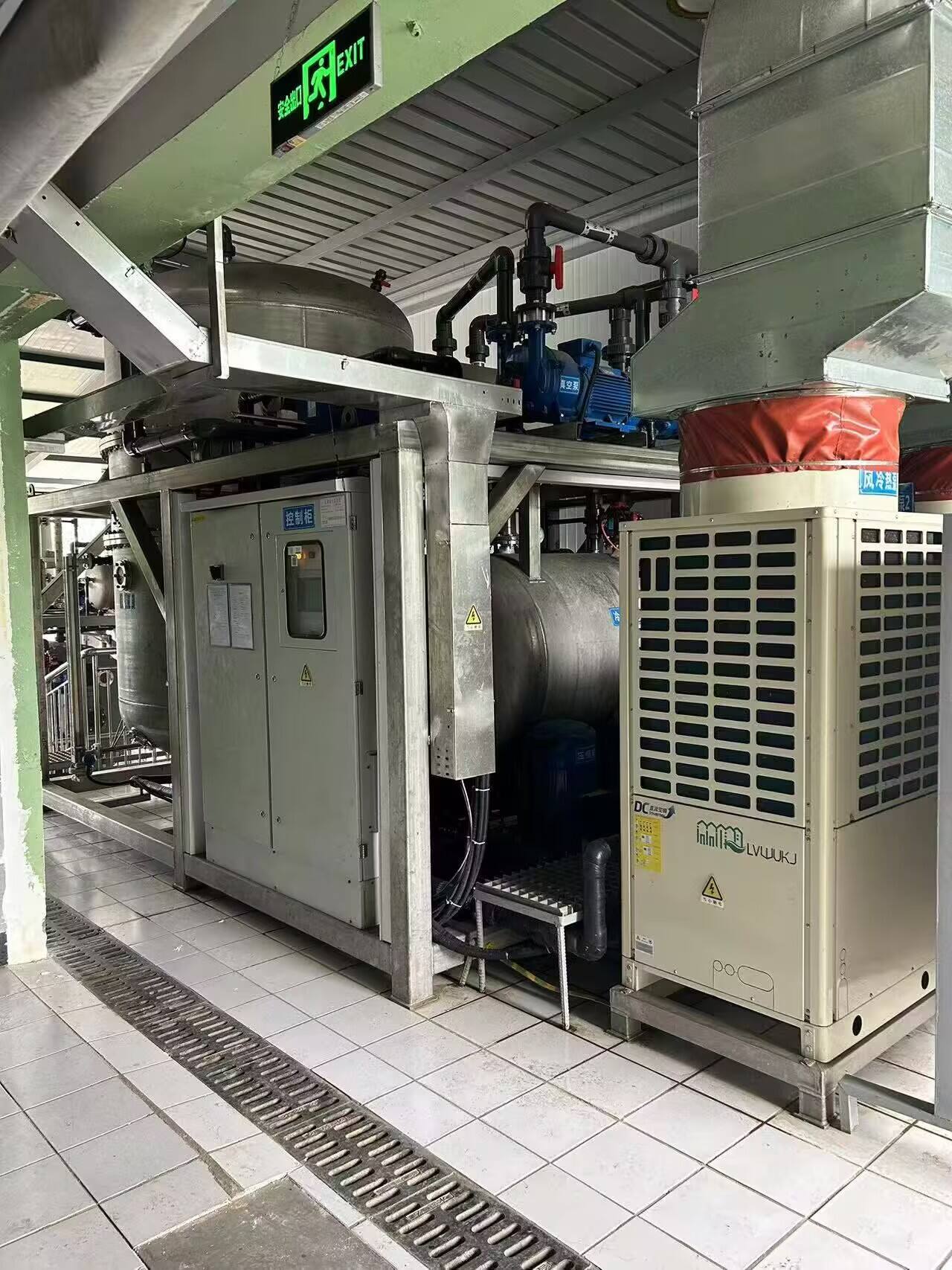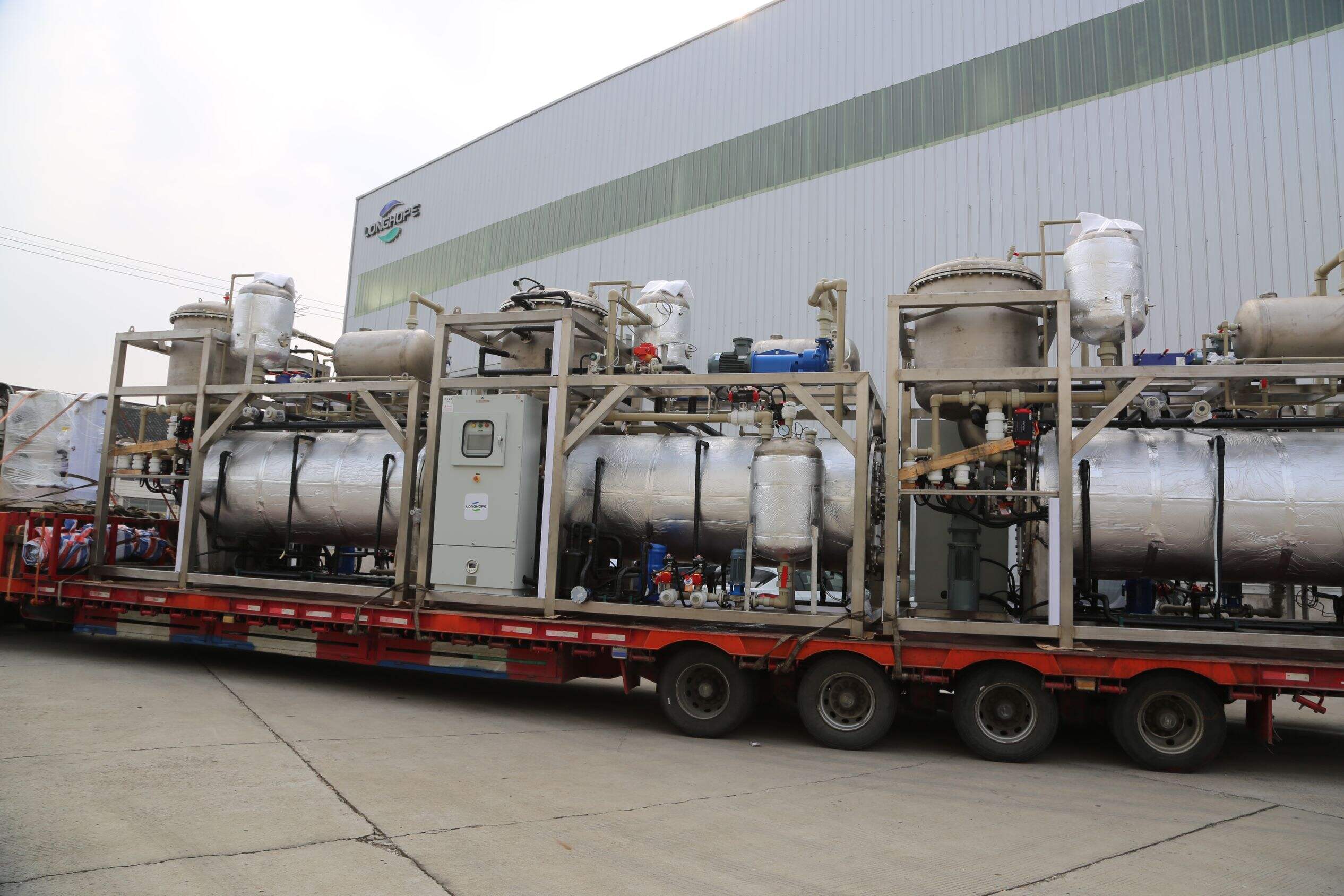dairy waste water treatment plant
A dairy wastewater treatment plant represents a sophisticated industrial facility designed specifically to process and purify wastewater generated from dairy operations. These specialized treatment systems incorporate multiple stages of purification, including primary screening to remove large solid particles, biological treatment to break down organic matter, and advanced filtration methods to ensure water quality compliance. The plant utilizes cutting-edge technologies such as membrane bioreactors, dissolved air flotation units, and aerobic digestion systems to effectively handle high-strength dairy effluents containing fats, proteins, and lactose. The facility is equipped with automated monitoring systems that continuously track water quality parameters, ensuring consistent compliance with environmental regulations. Treatment processes are optimized to handle varying flow rates and organic loads typical in dairy operations, while advanced oxidation processes and UV disinfection systems ensure the final treated water meets stringent discharge standards. The plant also incorporates resource recovery systems that can extract valuable components from the waste stream, such as biogas for energy generation and nutrient-rich materials for agricultural applications.


